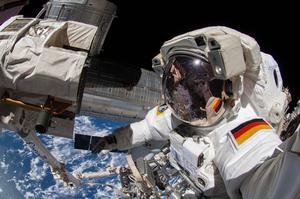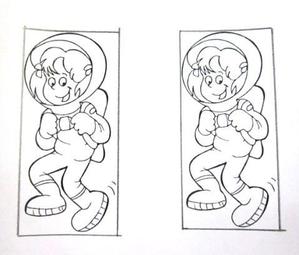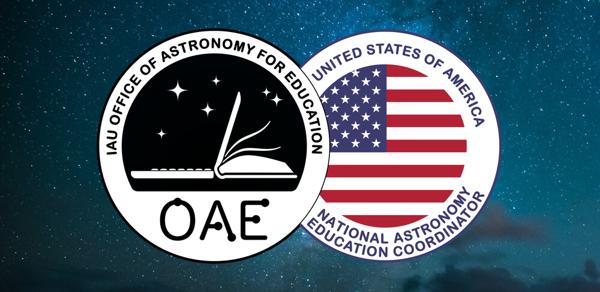Glossary term: Astronaut
Description: An astronaut is a person who is qualified to be part of a crew onboard a space flight. Astronauts are trained in the operation of rockets, space stations, and to solve specialized technical problems that are unique to trips outside Earth's atmosphere. They are often trained to carry out science experiments in space. A few astronauts have even walked on the Moon. Astronaut was originally used to refer to space crews from the United States of America but is now a general term used by many different countries. Russian space crew are called cosmonauts, Chinese space crew are often called taikonauts, and European space crew are called spationauts.
Related Terms:
See this term in other languages
Term and definition status: This term and its definition have been approved by a research astronomer and a teacher
The OAE Multilingual Glossary is a project of the IAU Office of Astronomy for Education (OAE) in collaboration with the IAU Office of Astronomy Outreach (OAO). The terms and definitions were chosen, written and reviewed by a collective effort from the OAE, the OAE Centers and Nodes, the OAE National Astronomy Education Coordinators (NAECs) and other volunteers. You can find a full list of credits here. All glossary terms and their definitions are released under a Creative Commons CC BY-4.0 license and should be credited to "IAU OAE".
If you notice a factual error in this glossary definition then please get in touch.
Related Media
Spacewalk
Credit: NASA credit link
License: CC-BY-NC-2.0 Creative Commons Attribution-NonCommercial 2.0 Generic icons
Related Activities
Levitating Astronaut
astroEDU educational activity (links to astroEDU website) Description: Levitate an astronaut with the power of magnetism.
License: CC-BY-4.0 Creative Commons Attribution 4.0 International (CC BY 4.0) icons
Tags:
Hands-on
, Levitation
, Magnets
, Magnetism
, Force
, Charge
Age Ranges:
8-10
, 10-12
Education Level:
Middle School
, Primary
, Secondary
Areas of Learning:
Modelling
Costs:
Low Cost
Group Size:
Group
Skills:
Asking questions
, Constructing explanations
, Developing and using models
, Planning and carrying out investigations










